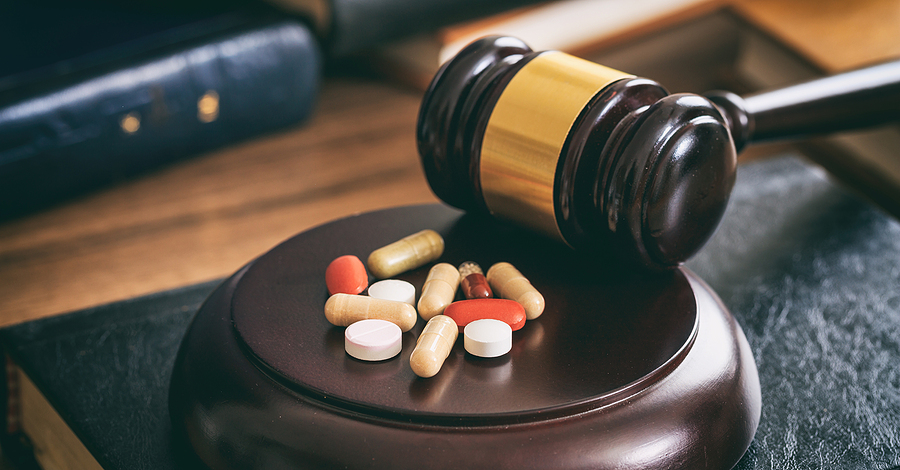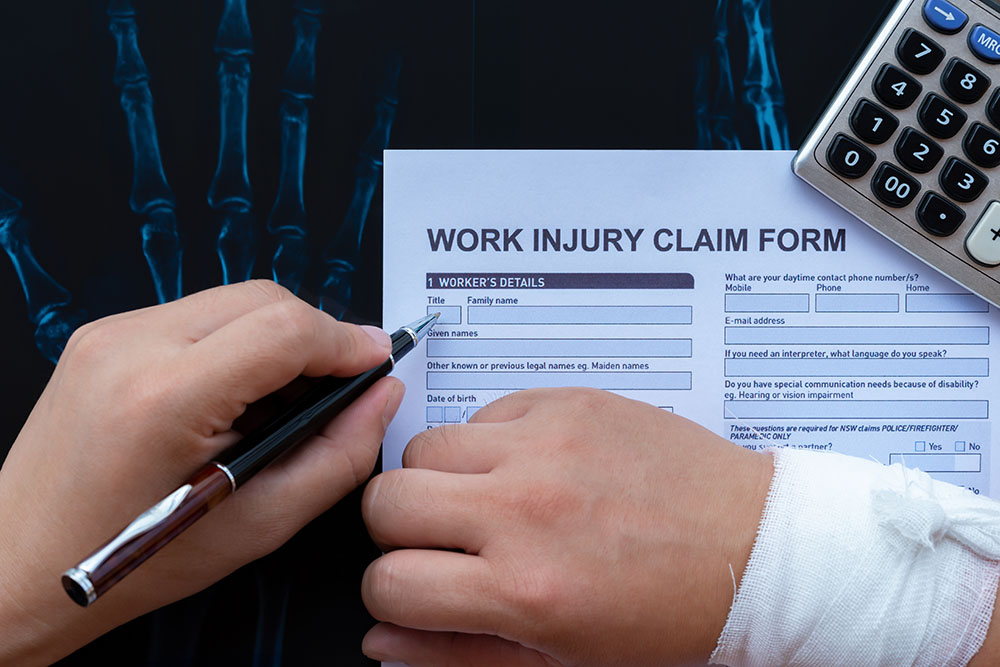Slip and fall accidents are among the most common types of personal injury claims. They can result in a wide array of injuries, ranging from minor bruises to severe fractures and head trauma. Often, these accidents occur due to hazardous conditions – such as wet floors, uneven surfaces, or insufficient lighting – on someone else’s property. When a property owner’s negligence contributes to a slip and fall accident, the injured party may be entitled to compensation for medical expenses, lost wages, and pain and suffering.
At Greg Jones Law, our focus lies in advocating for the rights of slip and fall accident victims by helping them establish liability and pursue compensation for their injuries. This comprehensive guide will delve into the key factors for proving liability in slip and fall cases, the legal requirements that property owners must adhere to, the steps needed to gather evidence, and the essential role that an attorney plays in securing a favorable outcome in these cases. If you or a loved one has suffered a slip and fall accident due to someone else’s negligence, it is vital to understand your legal rights and take appropriate action.
Legal Requirements for Property Owners
1. Duty of Care
Property owners owe their visitors a “duty of care,” which requires them to maintain their premises in a reasonably safe condition. This includes timely addressing any hazards, conducting necessary maintenance, and providing warning signs when dangers are present.
2. Foreseeability
To effectively establish liability, the injured party must prove that the property owner should have reasonably foreseen the dangerous condition that led to the slip and fall accident.
3. Breach of Duty and Causation
It is crucial to demonstrate that the property owner breached their duty of care by allowing the hazardous condition to exist and that this breach directly caused the accident and resulting injuries.
Key Factors in Proving Liability
1. Proving the Property Owner’s Negligence
One must show that the property owner, a manager, or an employee created the hazardous condition, knew of its existence but failed to address it, or should have known about the danger due to its obvious nature or persistence.
2. Comparative Negligence
In some cases, the injured party may be found partially responsible for the accident due to their own negligence. The concept of comparative negligence allows the court to apportion responsibility between the parties, potentially reducing the amount of compensation awarded.
3. Notice of the Hazard
Establishing that the property owner had notice of, or should have known about, the hazard is crucial to proving liability. This could be shown through maintenance records, surveillance footage, or witness testimony.
Gathering Evidence for a Slip and Fall Claim
1. Document the Accident Site
Immediately after a slip and fall accident, take photographs or video footage of the scene, focusing on the hazard that caused the fall. Capture images from various angles, as well as the surrounding area to establish context.
2. Collect Witness Statements
Obtain contact information and statements from any witnesses who may have seen the accident or can confirm the hazard’s presence.
3. Preserve Physical Evidence
Keep any clothing or shoes worn during the accident, as they may provide valuable information regarding the cause of the fall.
4. Obtain Medical Records
Seek immediate medical attention after your slip and fall accident and keep comprehensive records of all diagnoses, treatments, and expenses related to your injuries.
Role of an Attorney in Slip and Fall Cases
1. Investigating the Accident
An attorney will thoroughly investigate the circumstances of your slip and fall accident, gathering evidence, interviewing witnesses, and determining whether the property owner is legally responsible for your injuries.
2. Negotiating with Insurance Companies
Insurance companies often try to deny or minimize slip and fall claims. An experienced attorney can negotiate with the insurers on your behalf, fighting for a fair settlement.
3. Litigating in Court
If a satisfactory settlement cannot be reached, an attorney will represent your interests in court, employing their legal expertise to pursue the compensation you deserve.
4. Protecting Your Rights
Injury attorneys have a deep understanding of the laws and regulations governing slip and fall cases. They will use this knowledge to protect your rights throughout the legal process.
Conclusion
Slip and fall accidents can result in serious injuries and significant financial burdens on the affected individuals. Proving liability in a slip and fall case requires establishing the property owner’s negligence, gathering comprehensive evidence, and presenting a persuasive argument. An experienced and skilled attorney can provide invaluable guidance and support during this challenging process, ensuring you receive the compensation you deserve.
The team at Greg Jones Law is dedicated to helping slip and fall accident victims navigate the complexities of the legal system. We will work tirelessly to investigate your case, negotiate with insurance companies, and litigate in court if needed. If you or a loved one has suffered from a slip and fall accident, contact Greg Jones Law today for a consultation – our knowledgeable personal injury attorneys in Wilmington, NC are here to provide the assistance and expertise you need for a favorable outcome.


